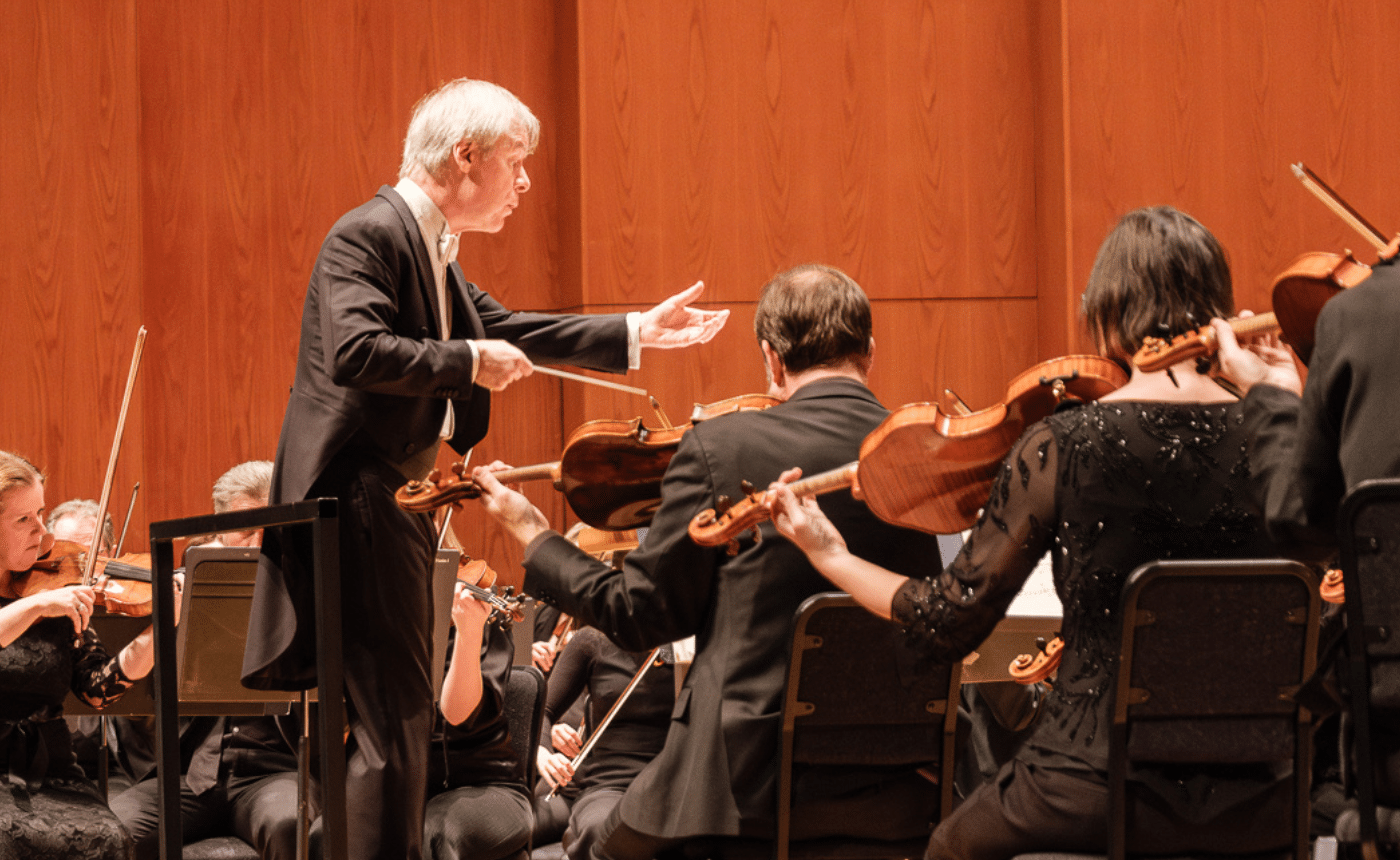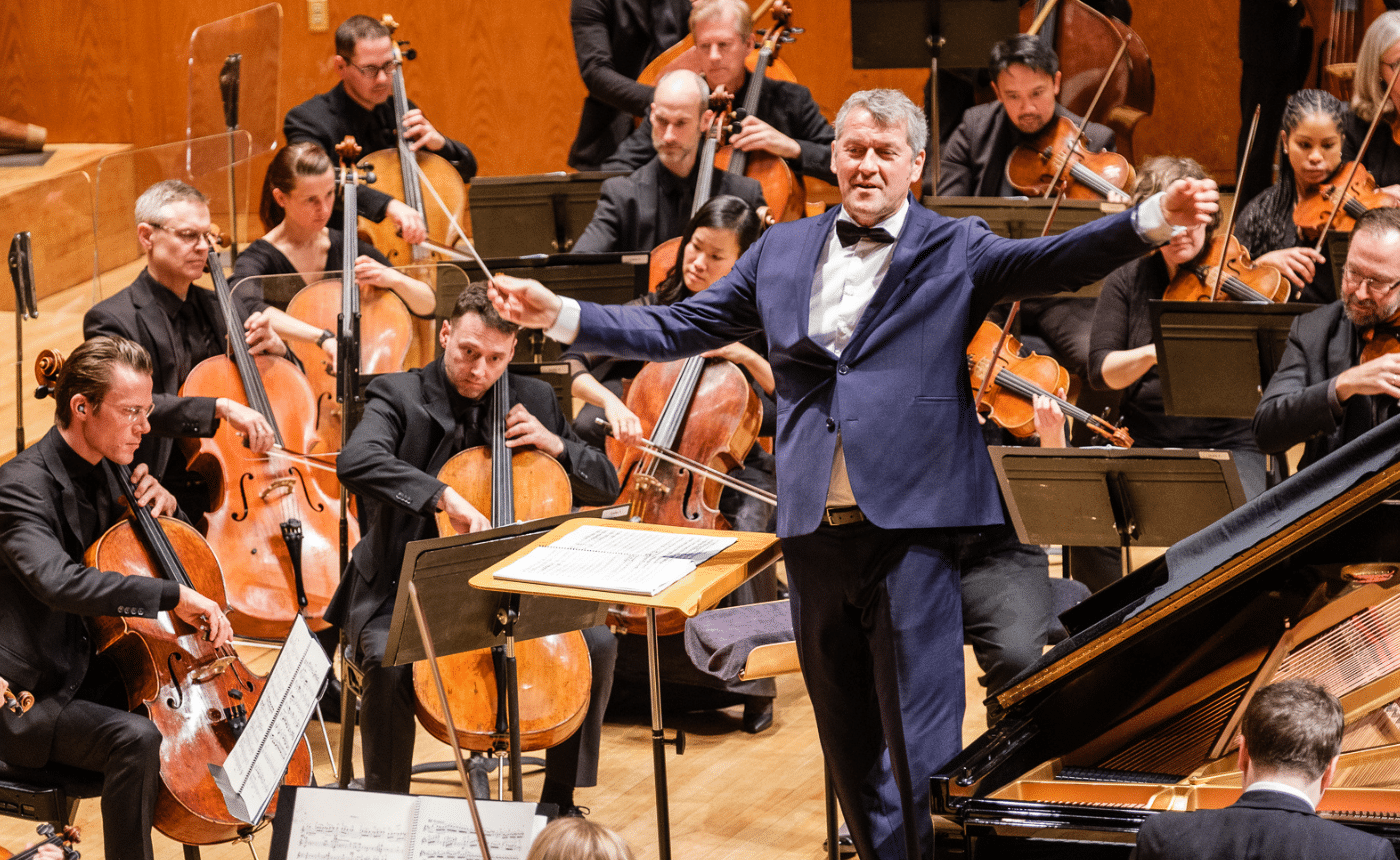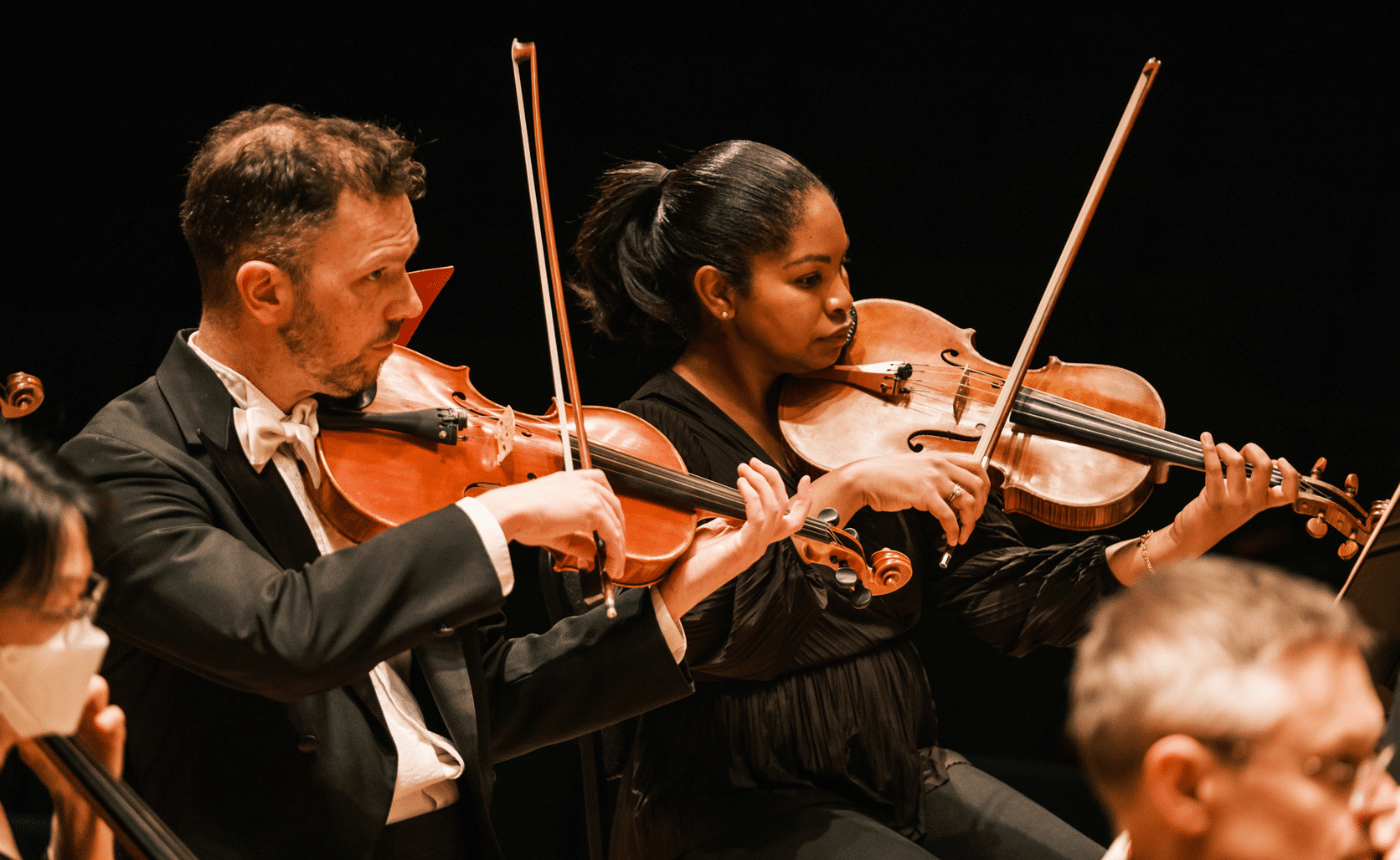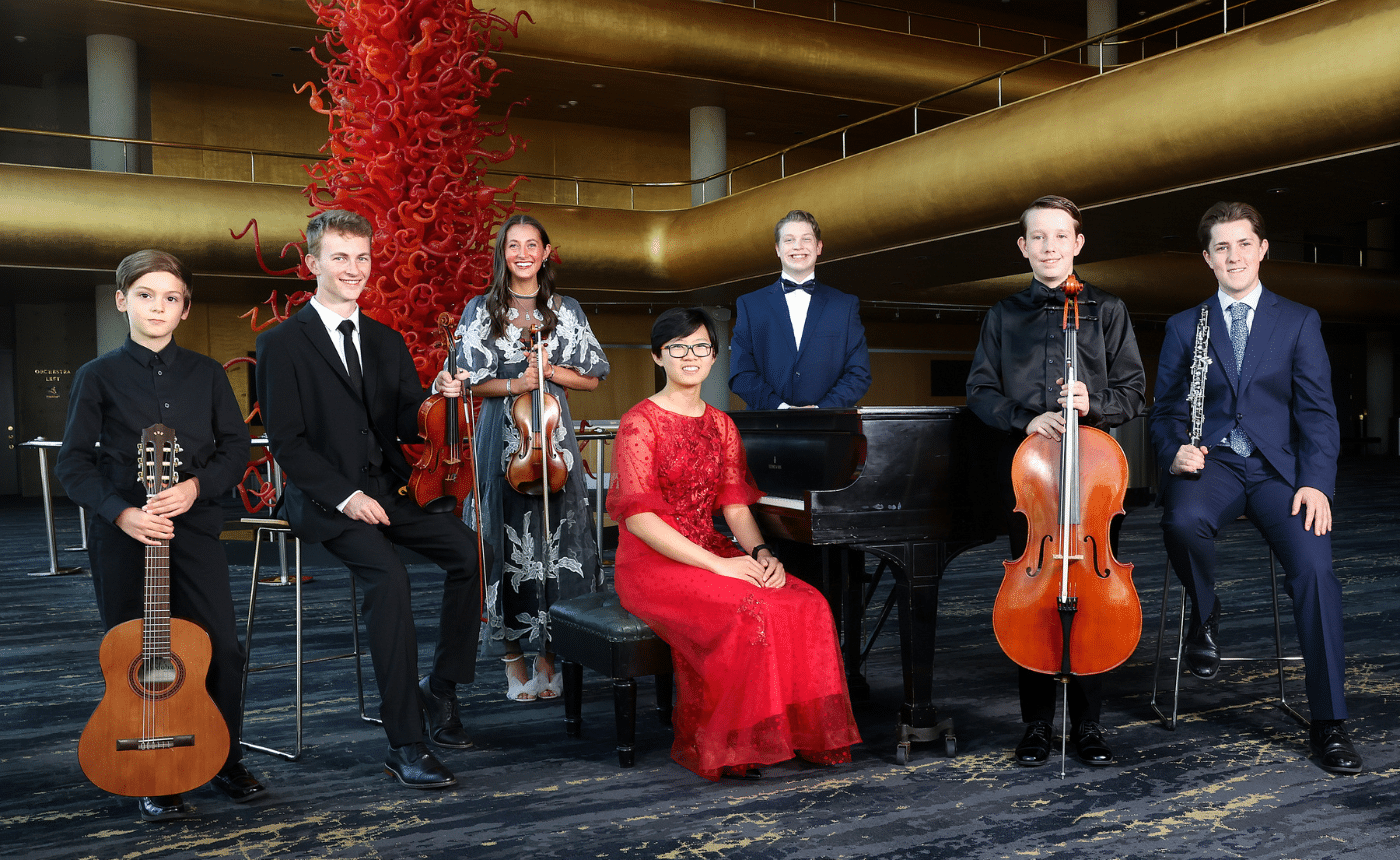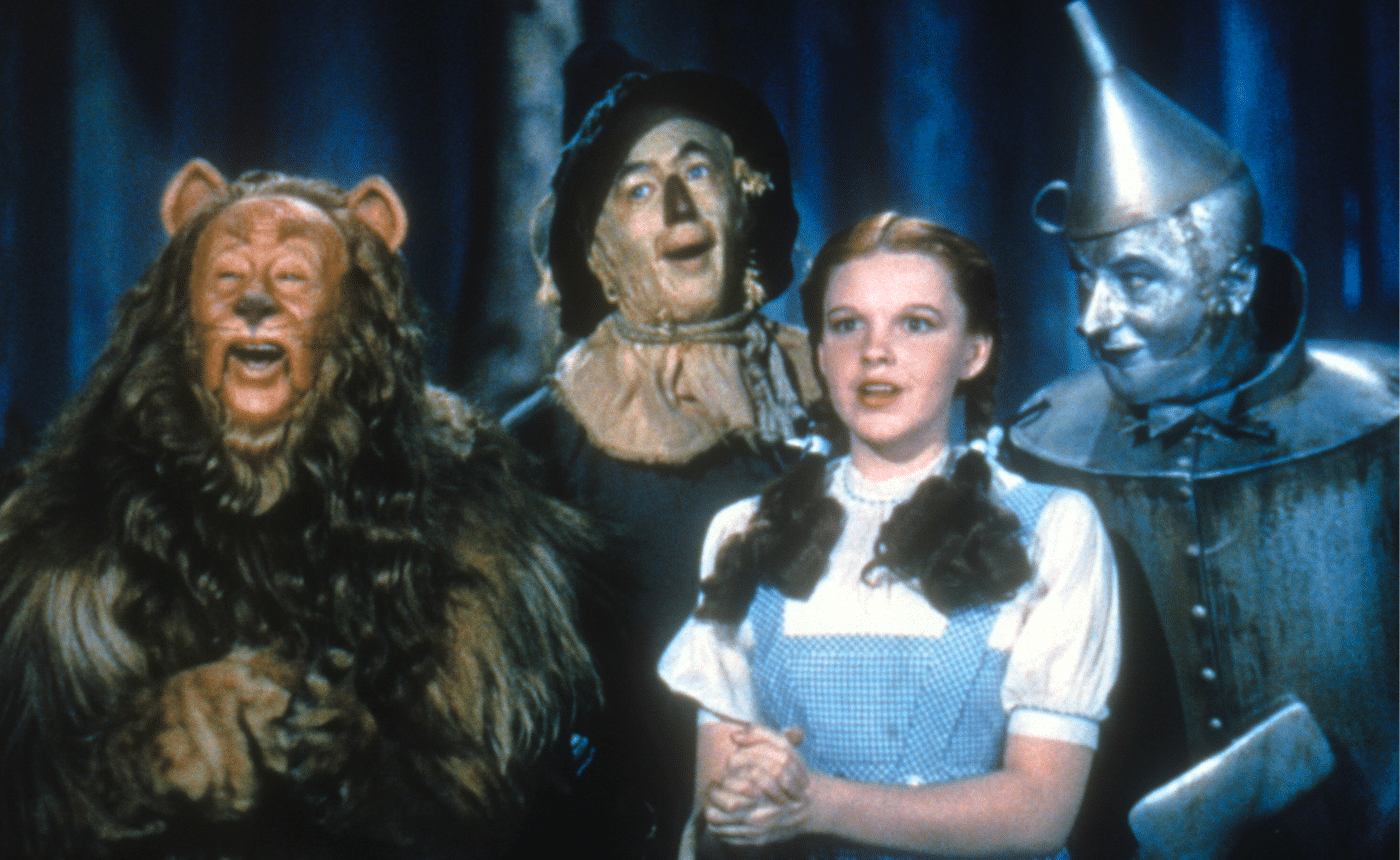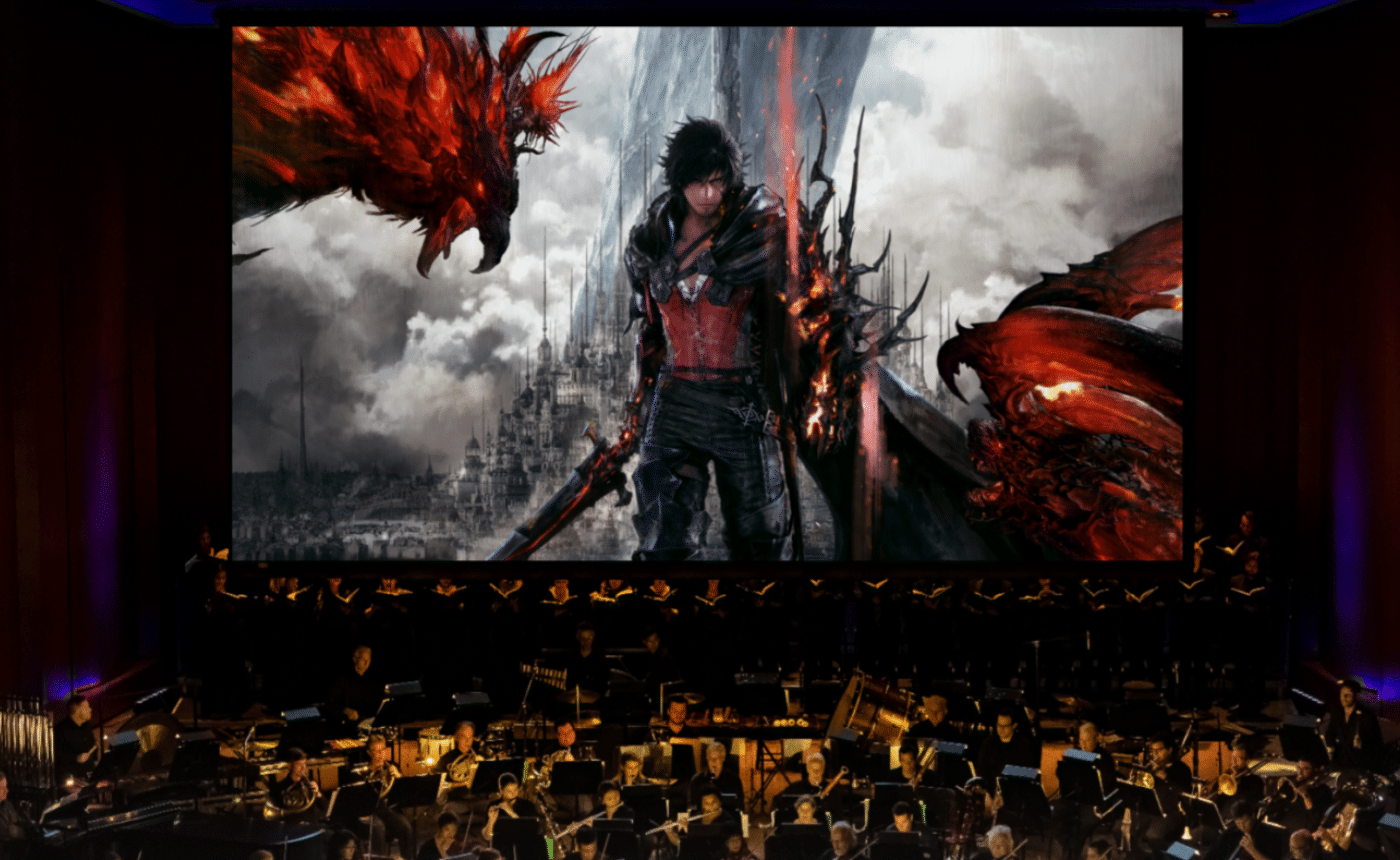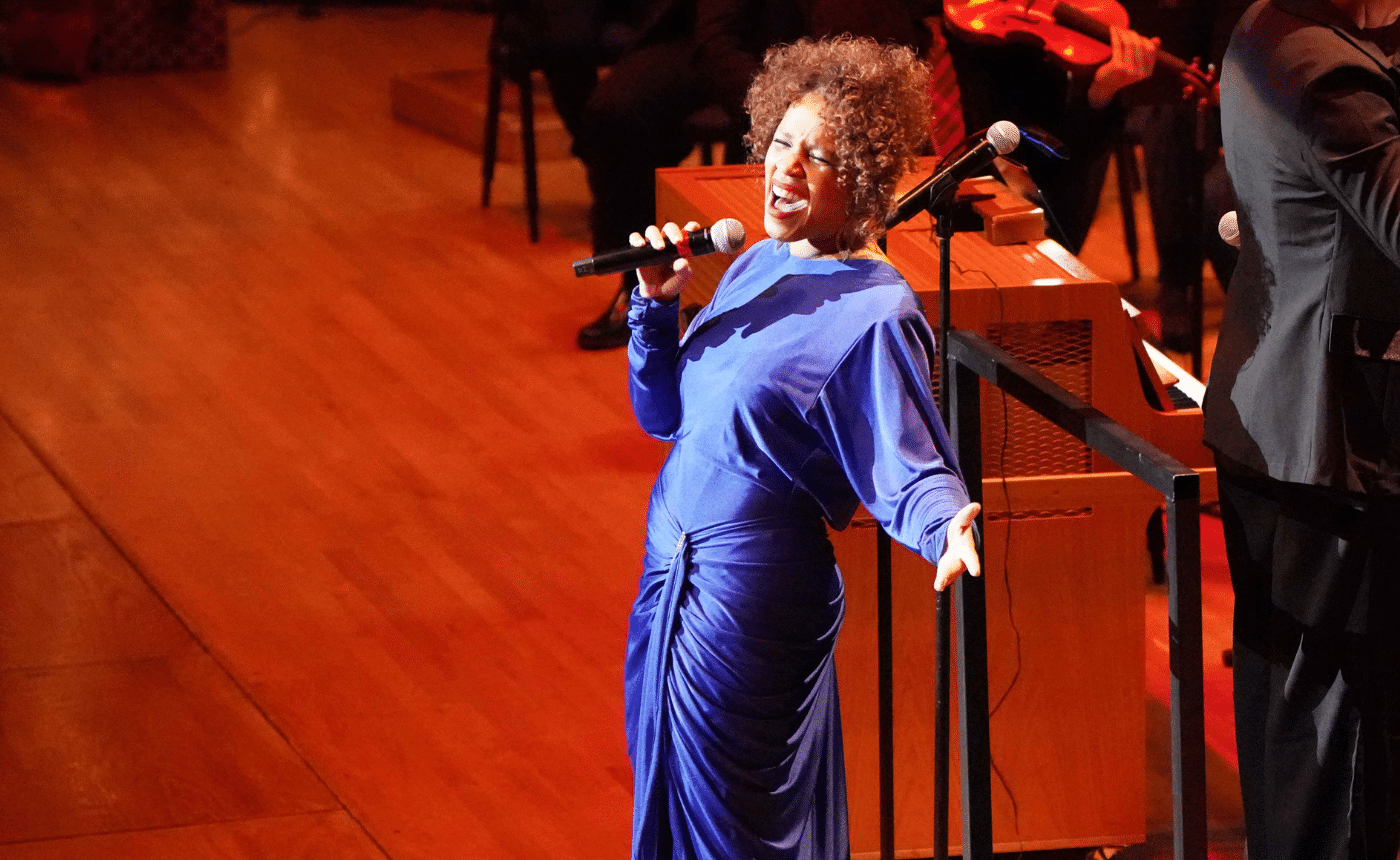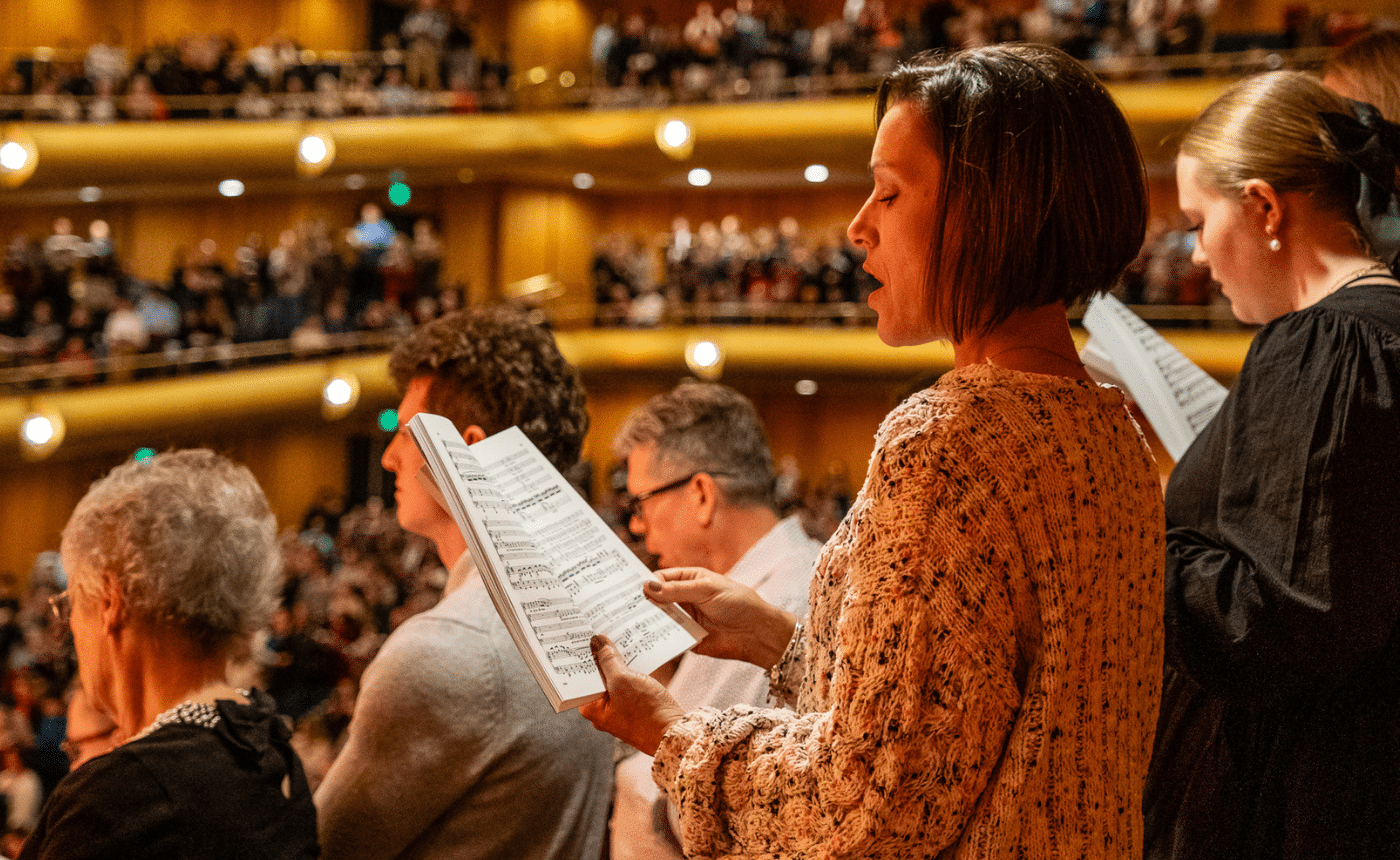MAHLER: Symphony No 3
by Jeff Counts
THE COMPOSER – GUSTAV MAHLER (1860-1911) – Already well established as a busy and highly-regarded opera conductor, Mahler’s first real success as a composer came in December 1895. The reception of his Symphony No. 2 proved that his maximalist vision for the future of orchestral music could work and gave him the confidence to pursue his other dream – a conducting position in Vienna at the Hofoper. Mahler’s letters from the time reveal no small measure of concern that his candidacy could be undermined by either his “craziness” or his Jewishness. To forestall the latter, which the prevailing Austrian social climate would surely have confirmed, he converted to Catholicism in 1897.
THE HISTORY – If Symphony No. 2 was Mahler’s grand thesis on formal and emotional scale, Symphony No. 3 would take every element of it at least one step further. Program annotators and biographers frequently hold up No. 3 as the most complete fruition of Mahler’s two famous comments about how a symphony must contain an entire world (even though the second, more liberally quoted of these statements came over a decade later while he was writing No. 8). Indeed, his ambitions in 1895 were planetary in scope. No. 3, written mostly in 1895 and completed in 1896, is the longest of Mahler’s nine completed symphonies, with an epic first movement that would dwarf whole works by other composers. From the start, he had a programmatic conception in mind that begins firmly on Earth but manages to slip its bonds by the end. The scenario underwent many revisions, but essentially described the symphony’s six movements as: 1. Pan awakes – Summer marches in; 2. What the flowers in the meadow tell me; 3. What the animals in the forest tell me; 4. What humanity tells me; 5. What the angels tell me; 6. What love tells me. No version of this plan was published at the premiere, however, indicating perhaps that these thoughts were meant only for friends and colleagues. Mahler, who was often reluctant to share his inspirations publicly, felt audiences would enjoy the experience better without a roadmap. Another meaningful omission was the intended finale based on “The Heavenly Life” from the Das Knaben Wunderhorn collection. That beautiful song would end up anchoring Symphony No. 4 but No. 3 does not suffer much for the loss. The closing Adagio focuses instead on simple love, not heaven (likely a complex and elusive concept at that time in Mahler’s religious life). It responds to the rigid time of the first movement with an untethered adoration of all that has come before and, with that, succeeds in fulfilling the promise of the Symphony’s staggering architecture. A world born. A world complete.
THE WORLD – Elsewhere in 1896, the first modern Olympic games were held in Athens, Utah became a state, Oscar Wilde’s Salome premiered in Paris and Italian inventor Guglielmo Marconi sought a patent for his wireless telegraph system.
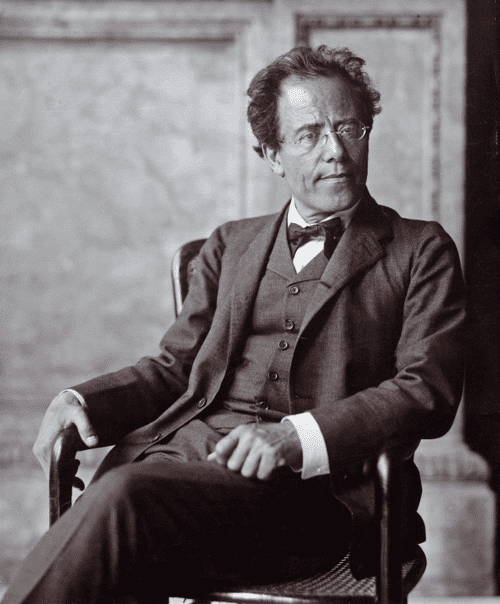
THE CONNECTION – Mahler 3 has not been performed on a Utah Symphony Masterworks program since 2015 with Thierry Fischer himself.




